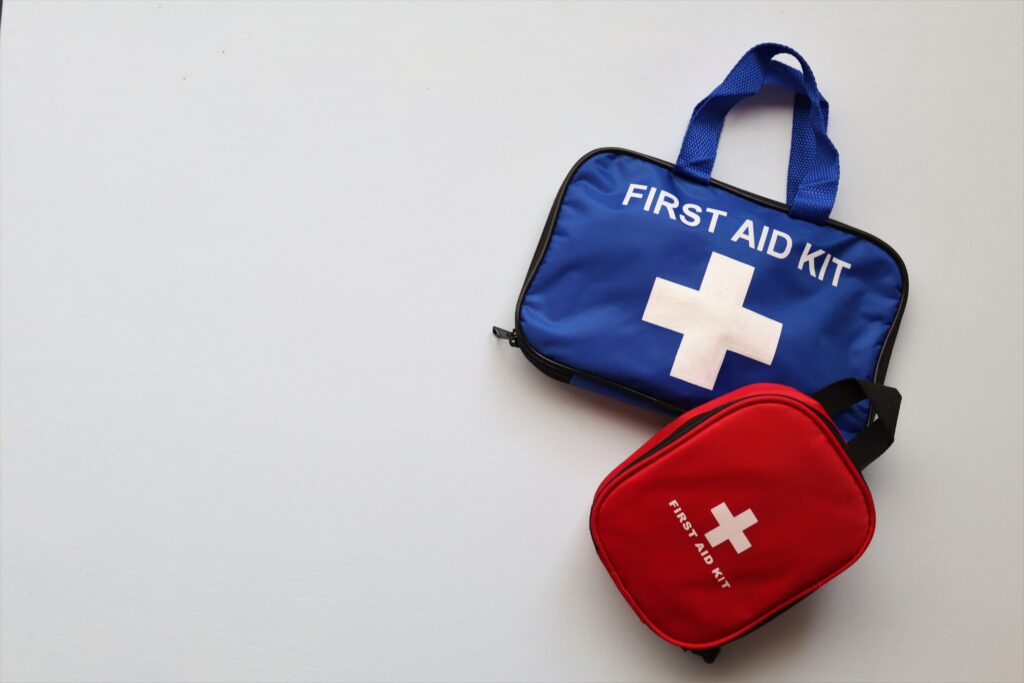The Life Alert Button (And Costs): Everything You Need To Know
Seniors who wish to maintain their mobility and independence while taking precautions to ensure that aid is always available are increasingly turning to medical alert systems as a must-have.
These discreet, lightweight personal call buttons can be worn as pendants, wristbands, or even smartwatches and connect to an existing landline or an integrated cellular network.
Cost rates are one of the most crucial considerations for most medical alert customers when determining which system to select.
We’ve put together this brief breakdown of the typical medical alert monitoring costs and services to better understand the prices you may anticipate when looking for an emergency preparedness call system.
What is the life alert button?
Medical alert systems offer emergency monitoring both inside and outside the home when attempting to secure the safety and well-being of your loved ones who are more vulnerable. They are intended to summon emergency medical personnel and signal a situation that needs urgent treatment.
They can also inform caretakers and family members. An alarm monitoring system receives a signal when the medical alert system is activated. After evaluating the situation, medical personnel may be dispatched, or family members may be contacted as necessary.
An aging in place family member you know or love may suffer terrible consequences from a fall or injury. Making sure a friend or family member gets assistance as soon as feasible frequently results in better outcomes.
How Do Life Alert Systems Work?
Some medical alert systems incorporate GPS, wireless voice, and data across the country, enabling real-time monitoring, location tracking, and accelerated personal emergency assistance.
The help button is a crucial part of any medical alert system. Pressing it once should immediately send an alarm to a 24-hour emergency call center in the United States, where an operator will have rapid access to the user’s basic medical history and emergency contacts.
Help buttons are often worn as a pendant or on the wrist, and they should be waterproof to wear when showering. They should also be comfortable enough to be worn at all times.
How Much Does a Medical Alert System Cost?
Prices for medical alert systems and emergency call monitoring services can vary widely because each medical alert provider sets its rates. The following elements most frequently contribute to an emergency call system’s overall cost:
- Equipment prices
- fee for activation
- Installation
- 24/7 monitoring of emergency calls
- Additional help pendants, buttons, and tools
- Additional features like GPS location tracking and automated fall detection
- Mobile service (for systems that work on mobile phone networks)
- Special devices, such as medical smartwatches and pendants that resemble jewelry
- Plans for protecting devices
- PIN-protected lockboxes
- Medication reminders and wellness checks
How Much Does Medical Alert Material Cost?
Most providers incorporate these costs in the monthly monitoring fees, even though you might anticipate having to pay upfront for medical alert equipment like an in-home base unit, the wearable assistance button, and any additional wall-mounted help buttons.
Customers of these businesses are leased with the necessary hardware, so when they terminate their service, they are expected to return the hardware.
Some medical alert firms charge an upfront cost for uncommon gadgets like medical alert smartwatches and pendants in the form of jewelry. Before deciding on a medical alert provider, it’s crucial to determine whether the equipment is leased or whether you need to purchase the devices because these charges can range from $99 and above.
It should be noted that consumers must pay in full for non-monitored medical alert devices that can be set up to call a neighbor, caretaker, or 9-1-1. These medical alert systems range in price from about $50 for used devices to over $500 for smartwatches with a personal call button.
What Does a Medical Alert System Cost Per Month?
When the help button is pressed, monitored medical alert systems link the user with a 24-hour emergency call response center; these ongoing fees are often listed on a month-to-month basis.
The cheapest medical alert services start at slightly under $20 per month for basic emergency response services connected to an existing landline phone. Medical alert services with additional capabilities, such as automatic fall detection and GPS monitoring, start at approximately $30 per month, while plans that incorporate a cellular connection start at about $25 per month.
What Are the Prices for Extra Features Like Fall Detection?
One of the most popular add-on options for medical alert users is automatic fall detection, and subscribers can anticipate paying an average of $10 per month for this service in addition to their standard monthly monitoring expenses.
Other add-ons cost $5 to $20 a month, including device insurance, a PIN-protected lockbox, wellness checks, and prescription reminders. Certain organizations can link additional wall-mounted help buttons at an additional cost, and a few medical alert providers offer discounted rates for adding additional users to plans.
Conclusion
Once you’ve reduced your list of choices, take the time to get in touch with each business you’re considering to inquire about the total upfront and recurring monthly costs of the systems that best suit your requirements.
As many medical alert firms guarantee that their monthly monitoring prices will not grow as long as a customer continues with the company, find out about price protection plans.






